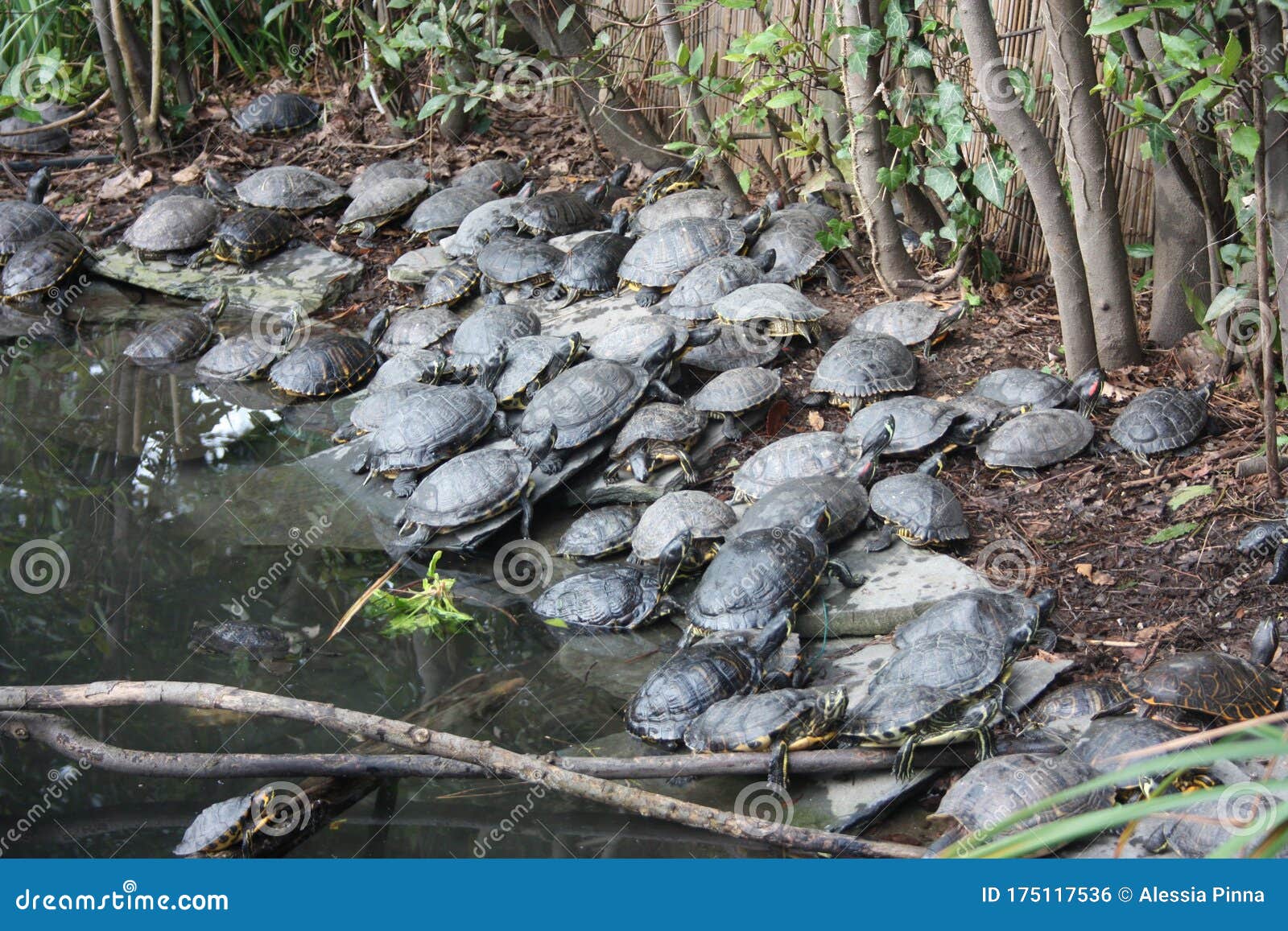

The designated forest, which came to surround the Lost 40, was eventually named the Chippewa National Forest. This rogue logging was one of the reasons a National Forest was formed in the area in 1908. How it continued to evade the ax after the fortuitous surveying error is anyone’s guess-especially considering that logging companies were known to harvest trees outside the boundaries of their allocated land.
#Undisturbed forest Patch#
( Inside the political battle to preserve a national forest in California.)Īll throughout the peak logging years, this patch of trees stood, towering above the scorched and barren earth surrounding it. “When they were selling off the land for logging, it seemed to be underwater,” says VanNingen. “They thought that this area was within a lake.” But Coddington Lake is located a half mile away. “These surveyors went out and made a mistake,” says Michelle Heiker of the U.S.

But as the November snow whipped around them, they rushed to finish the job. They carried canvas tents, pork and beans, and dried apples. The story goes that in 1882, a four-man crew set out from a settlement on the Mississippi River for a month-long surveying trip into the thick pine forests. What we do know is that this conservation oddity is the result of a surveying error. “There is definitely lore with the site-which is kind of part of its appeal,” says AmberBeth VanNingen, plant ecologist with the Minnesota Department of Natural Resources. How the Lost 40 came to be preserved is a subject of some debate. (According to some accounts, the Lost 40 got its name because land was typically sold in 40-acre plots after surveying.) If you travel to the Chippewa National Forest today, you’ll find more than 30 acres of undisturbed, old-growth forest that were protected from the saws and axes of the logging boom. Lumber barons had exhausted the finite supply of trees. The lumber industry boomed-but by 1929, it had come nearly to a standstill. (‘ Forest gardens’ show how Native land stewardship can outdo nature.)īetween the 1880s and the 1920s, loggers clear-cut much of the area’s pine forests. Indigenous people have lived in the area for over 10,000 years, but many colonizers saw the forests as mere timber fields, and trees as nothing more than future barns, homes, factories, wagons, and paper for burgeoning newspaper and printing industries.
#Undisturbed forest series#
In the 1800s, settlers’ early maps of northern Minnesota were labeled only “Abundant Pine.” After a series of contested and often unfulfilled treaties with Indigenous people in 18, much of the area was opened to logging by white colonizers. With interpretive signs, easily accessible trails, and plenty of natural and historical sites nearby, visitors to the Lost 40 can get a dose of history with their wilderness excursion. And while the forest is home to 700 lakes and 920 miles of rivers and streams, the trees themselves stop the show. Visitors can find almost endless opportunities for hiking, mountain biking, and snowshoeing. Twice the size of Rhode Island, Chippewa National Forest is a year-round destination for nature enthusiasts.


 0 kommentar(er)
0 kommentar(er)
